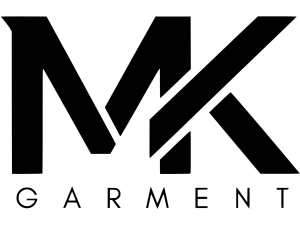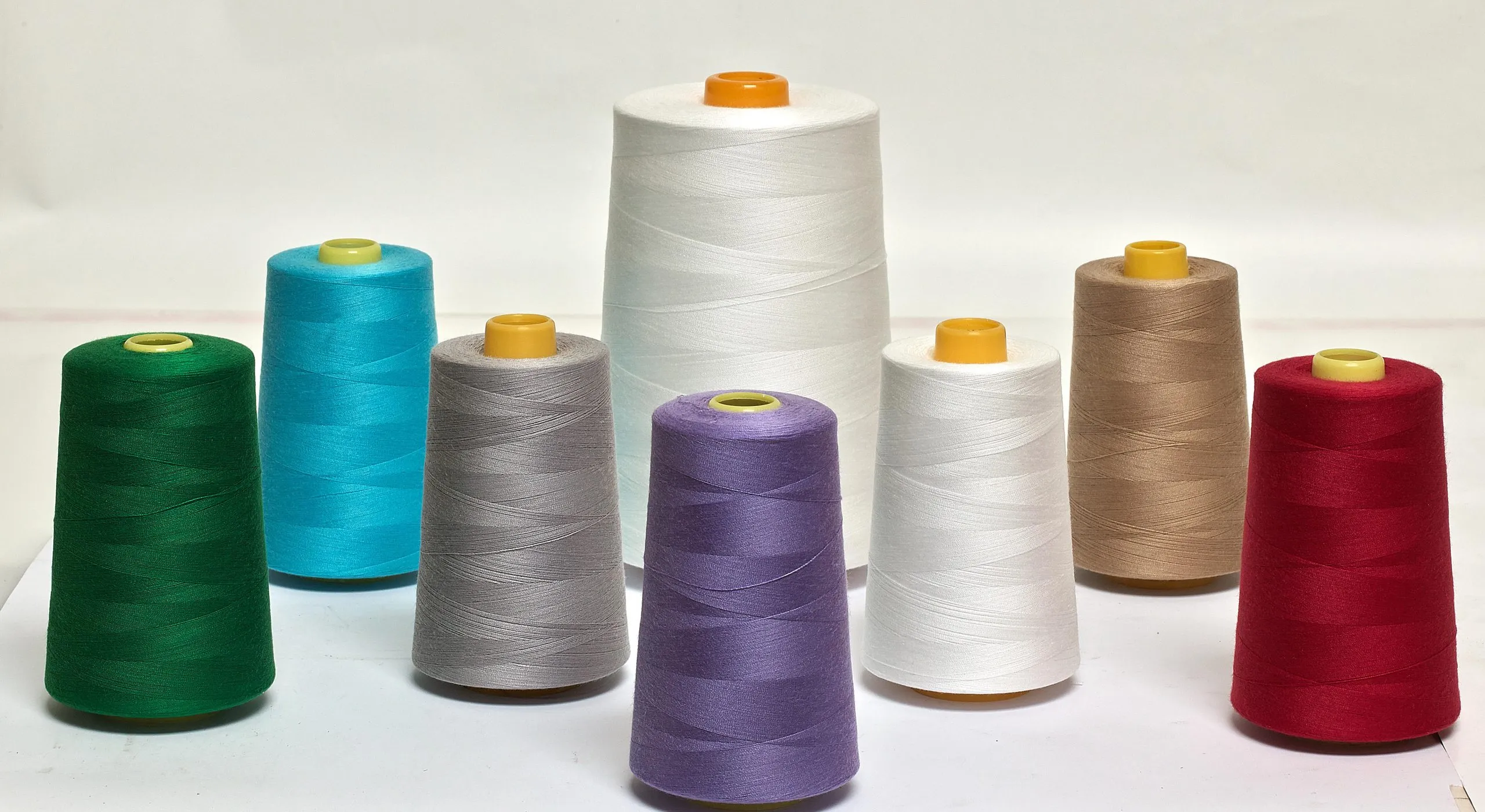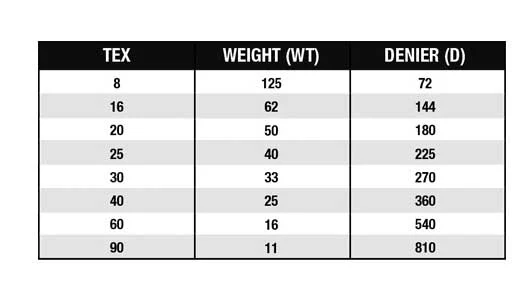
Choosing the right colors can make getting dressed each morning feel calmer and more effortless. When you rely on shades that always look polished, you save time, avoid guesswork, and still show up with confidence. A smart color palette doesn’t just make outfits look better it also helps you feel more put-together throughout the day.
Why Neutral Colors Always Look Professional
Neutral shades like navy, charcoal, black, grey, white, beige, and ivory have a “quiet confidence” that works in nearly every workplace. These colors don’t shout for attention, which helps the focus stay on you instead of your clothes. Neutrals also stay relevant year after year, so you avoid the feeling of chasing trends. Because they blend with almost everything, they form the base of a wardrobe that’s easy to coordinate, easy to layer, and easy to adapt to different work settings.
- Neutrals reduce decision fatigue because most pieces automatically pair well.
- They’re less risky in professional settings where you want your message—not your outfit—to take the spotlight.
- They handle different office environments (bright lights, dim meeting rooms, mixed background colors) without clashing.
- They help create a consistent, reliable impression over time.

Navy and Charcoal: Colors That Signal Structure and Confidence
Navy and charcoal are two of the best colors for looking composed and dependable. They give a sense of structure without feeling overpowering. Navy feels calm and trustworthy, while charcoal has a firm, stable quality similar to black but softer on the eyes. These shades work well in tailored pieces blazers, trousers, skirts, or outer layers because they naturally sharpen your silhouette and make you look more put-together.
- Navy is often linked with leadership, teamwork, and balance. It’s respectful but not too formal.
- Charcoal adds authority while keeping your look modern and approachable.
- Both shades minimize wrinkles and shadows, keeping clothing looking cleaner throughout the day.
- They pair well with almost any shirt color—even brighter ones—so mixing outfits is easy.
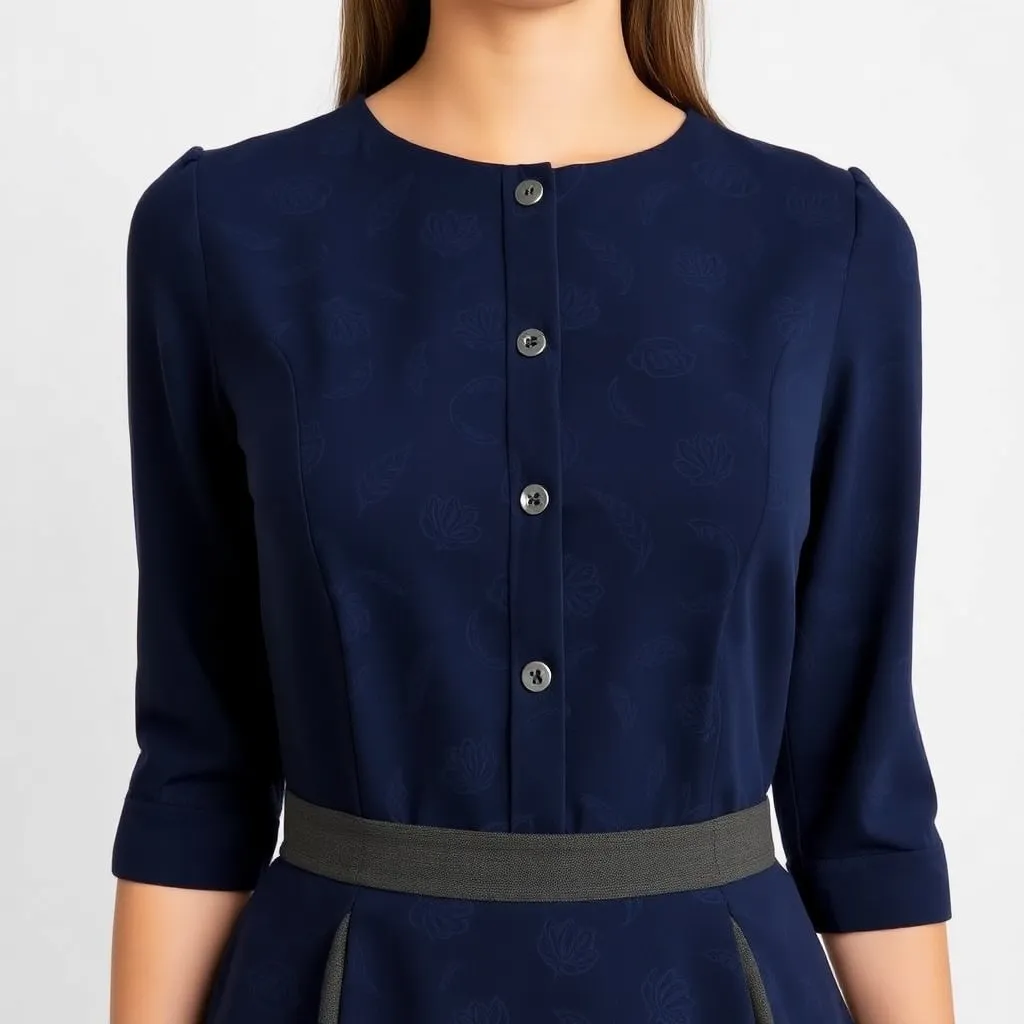
Black and Grey: Simple, Sleek, and Easy to Style
Black and grey act like “anchor colors” in a wardrobe. Black gives a crisp, streamlined look that works for serious tasks or days when you want maximum clarity. Grey offers softness and versatility light grey for gentle, bright outfits and dark grey for cooler, more refined combinations. These colors also photograph well, which matters for video calls or presentations.
- Black is slimming and sharp, which helps outfits look structured even if the fabric is simple.
- Grey balances both warm and cool tones, making it one of the easiest colors to coordinate.
- These shades hide minor stains or wrinkles, making them practical for long office hours.
- Because they’re neutral anchors, they let accessories watches, bags, shoes shine without competing.

White, Beige, and Ivory: Light Shades That Brighten Your Look
These gentle tones add freshness without feeling too bold. White signals clarity and neatness; beige and ivory warm up your outfit and help you look friendly and approachable. Because they’re soft and versatile, they pair beautifully with darker neutrals like navy, charcoal, or black. These lighter colors help you look refreshed perfect for warmer days or casual-professional settings.
- Light neutrals reflect light, brightening your face and giving a more energized appearance.
- They soften stronger colors like navy or charcoal, creating balance in the outfit.
- Beige and ivory work especially well in warmer climates or offices with bright lights because they feel calm and gentle.
- They help break up dark color blocks, preventing your outfit from looking overly strict or dull.
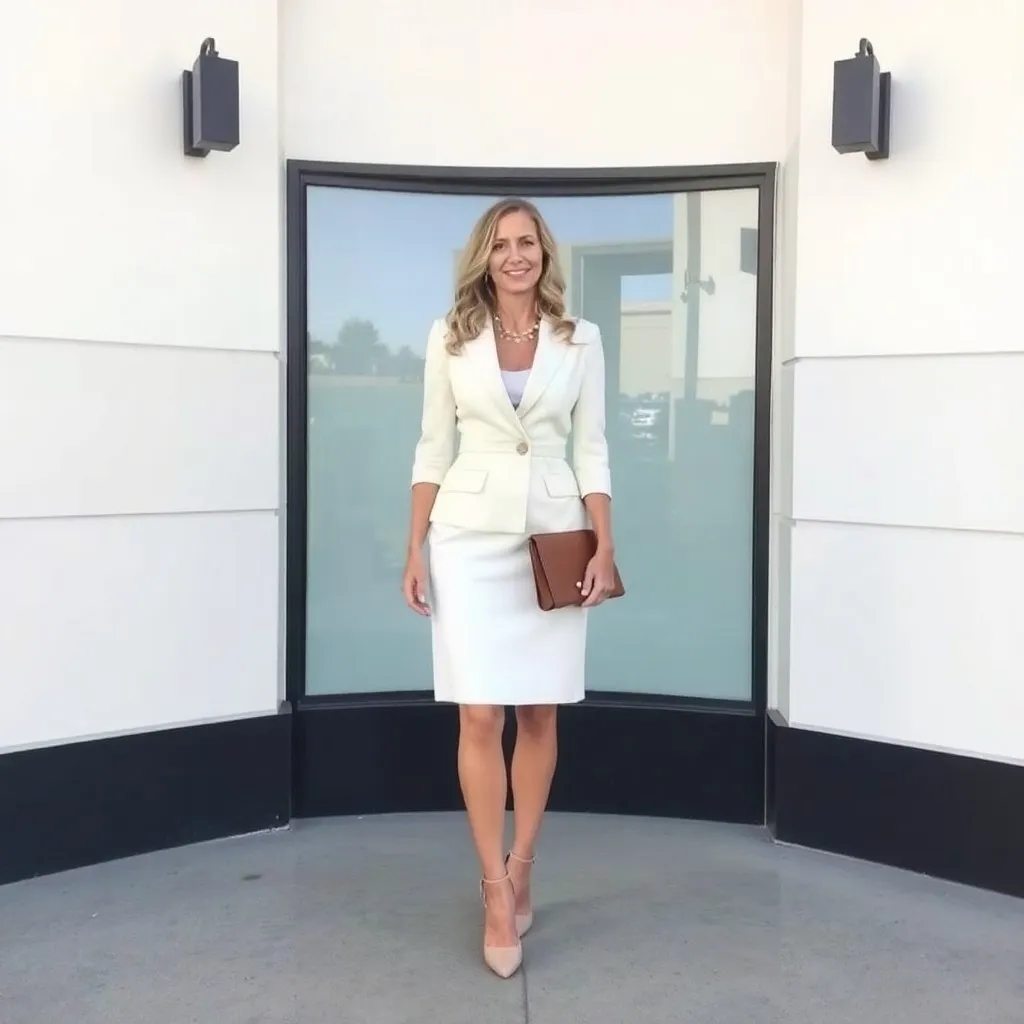
Mix-and-Match Made Easy
One of the biggest advantages of neutrals is how effortlessly they combine. You don’t need to think much most pieces naturally go together. This makes building outfits faster and reduces stress in the morning. With a neutral wardrobe, even a small selection of shirts, trousers, and jackets becomes highly flexible, giving you many combinations with little effort.
- Capsule wardrobes often use mostly neutral colors for this reason.
- You avoid the “I have clothes but nothing matches” problem.
- Choosing layers becomes easier cardigans, coats, scarves, and shoes blend smoothly.
- It saves time and reduces stress, especially for early mornings or busy schedules.

Add Bold Colors Only as Small Accents
Bright colors can show personality, but too much can feel distracting in a professional environment. Instead of wearing bold tones head-to-toe, use them in small touches: a scarf, a watch strap, a tie, a notebook, or a pair of earrings. These tiny pops of color add life to your outfit while keeping the overall look steady and refined.
- Bold accessories draw attention in a controlled way—think ties, scarves, jewelry, or even socks.
- Pops of color help express your style without affecting overall formality.
- Because the base outfit is neutral, one colorful piece becomes a stylish highlight instead of visual noise.
- It allows you to bring in seasonal colors or current trends without needing to rebuild your wardrobe.
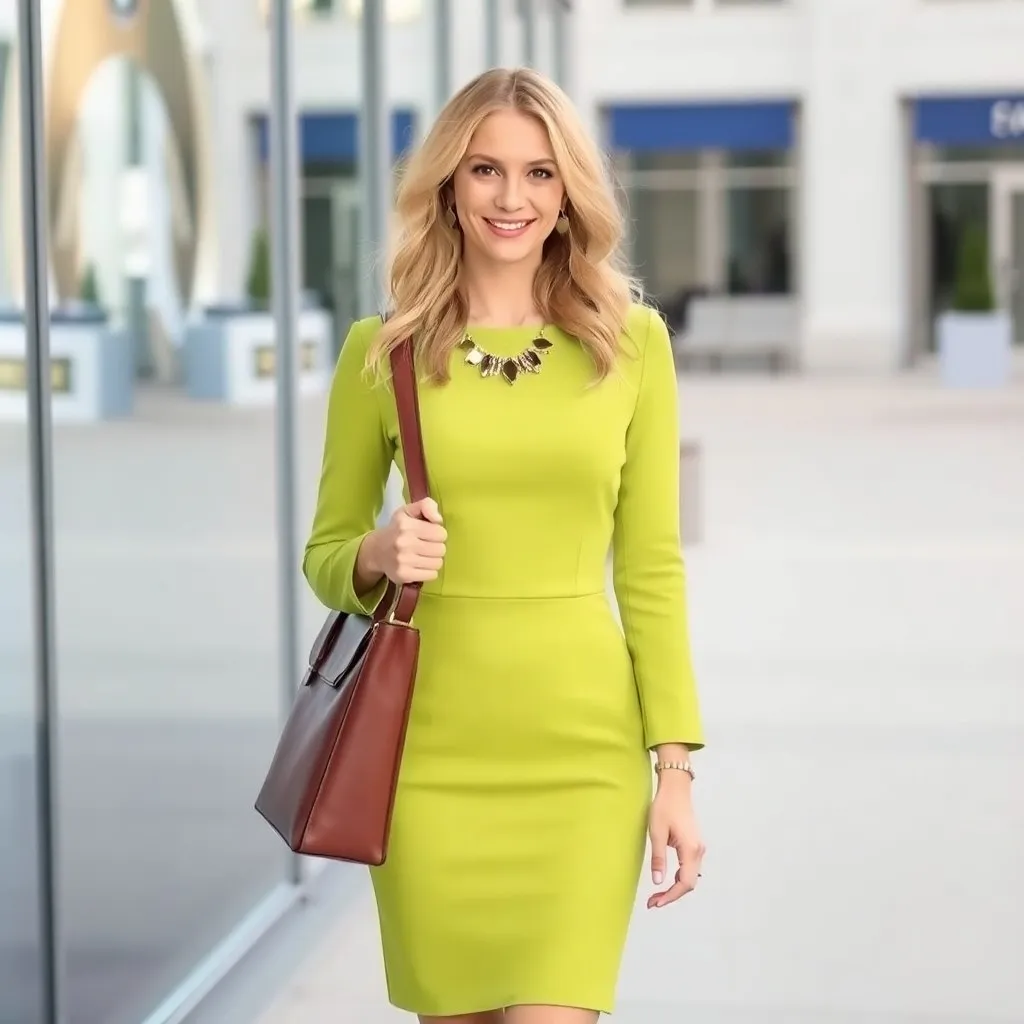
Final Thoughts / Final Words
Sticking to a neutral palette navy, charcoal, black, grey, white, beige, and ivory takes the pressure out of dressing. These shades help you look polished, stay confident, and build outfits that work in almost every office situation. With a few bright accents to show personality, you’ll always look professional while enjoying an easy, stress-free morning routine.
FAQs About Colors Help Me Appear Professional and Make Dressing Easier
Why do neutral colors look more professional?
Neutral colors have a steady, balanced quality that helps you look calm and organized. Because these shades don’t distract, people naturally focus more on your expression, your words, and your work. Neutrals also look consistent under different lighting office LEDs, natural daylight, or meeting-room lights so your outfit stays clean and polished throughout the day. This makes them ideal for environments where clarity and reliability matter.
Which neutral colors are best for office wear?
The most useful neutrals include navy, charcoal, black, grey, white, beige, and ivory. Each one plays a different role in shaping your look: Navy feels trustworthy and balanced. Charcoal looks firm and stable without being too harsh. Black is sharp and timeless. Grey offers a softer, modern touch. White adds clarity and brightness. Beige/Ivory bring warmth and make outfits feel more open and friendly. Together, they form a color system where almost everything mixes well.
Why is navy often recommended for professional outfits?
Navy is one of the most “dependable” colors in the workplace. It gives structure and strength, yet it feels calmer and friendlier than black. Navy pairs easily with light shirts (white, beige, light blue) and richer tones (burgundy, olive, mustard). It’s also forgiving with wrinkles and stains, making it practical for long days. Because navy suits and blazers are so versatile, many professionals use them as wardrobe anchors.
How does charcoal differ from black in professional settings?
Black can sometimes look very strict or formal, especially in bright offices. Charcoal softens that edge. It still gives clarity and structure, but it feels more modern and adaptable. Charcoal also works well with both warm and cool tones, making it easier to style for different skin undertones. If you want the authority of black without the intensity, charcoal is the perfect middle ground.
Are light colors like white or beige too casual for work?
Not at all. Light neutrals are powerful tools when you want to look fresh and polished. White signals neatness and simplicity. Beige and ivory add gentle warmth, making your outfit more welcoming. These colors reflect light upward, subtly brightening your face and helping you appear more alert. When combined with darker pieces like navy, black, or charcoal, they create a balanced, professional appearance that works in both formal and relaxed offices.
Do neutral colors make dressing easier?
Yes! neutral colors dramatically reduce decision fatigue. When your wardrobe is built on shades that naturally blend, you don’t have to worry about matching tops, bottoms, or jackets. You can grab almost any combination and feel confident it will look good. This makes morning routines faster and less stressful. Neutrals also work across seasons, so you don’t need separate color schemes for different weather.
Can I still wear bold colors at work?
Absolutely. Bold colors can help express your personality but the key is using them wisely. Wearing a bright top or loud pattern can dominate the whole outfit, which may feel distracting in a professional setting. Instead, keep bold colors small and focused: a tie, scarf, pocket square, bag, shoes, notebook, or jewelry piece. This creates a subtle but stylish highlight while keeping the outfit centered on clean neutrals.
Are there any colors I should avoid in the workplace?
Extremely bright or fluorescent colors—like neon yellow, neon green, or electric orange—can overwhelm the eye and pull attention away from your presence. Very busy patterns can also compete with your message. These shades are perfectly fine in casual settings but can feel loud in an office. If you love bold tones, keep them in accessories rather than full outfits.
Should color choice change based on my skin tone?
Knowing your skin undertone helps you choose shades that brighten you instead of washing you out. Cool undertones: navy, charcoal, crisp white, cool grey. Warm undertones: beige, ivory, warm grey, soft browns. Neutral undertones: most neutrals work well. Even so, the overall neutral palette is universal—everyone can wear these colors. The main difference is simply choosing the version that makes you look refreshed.
